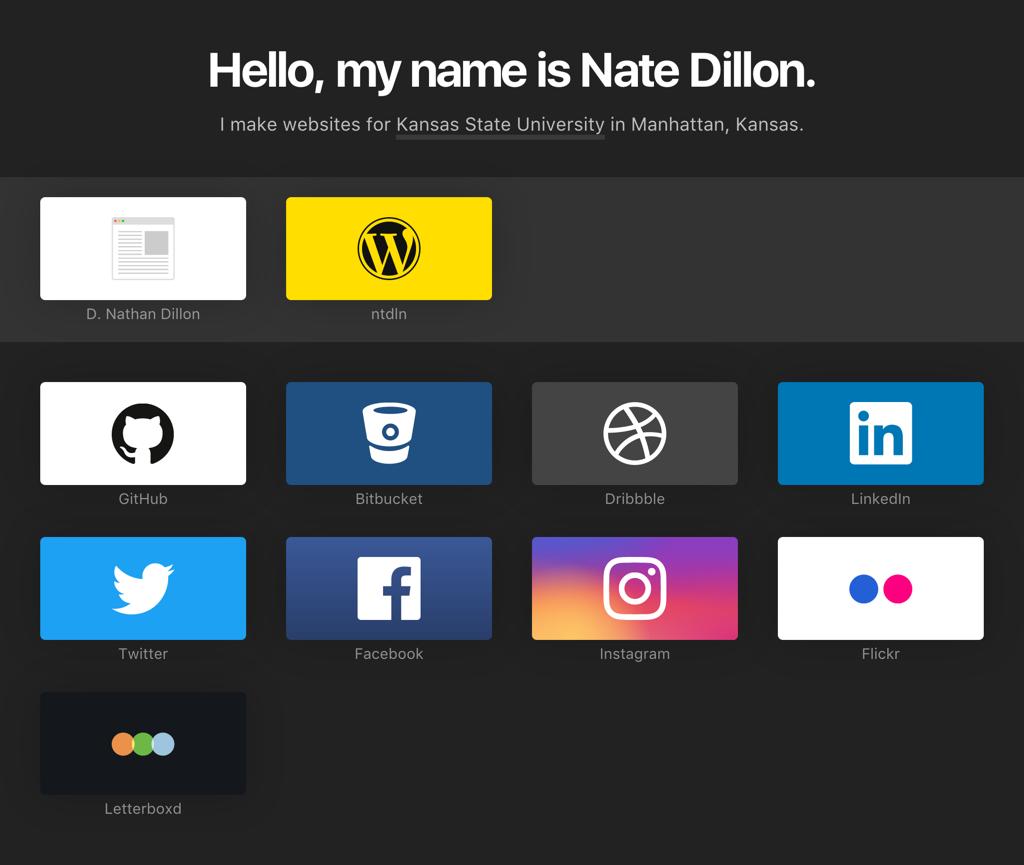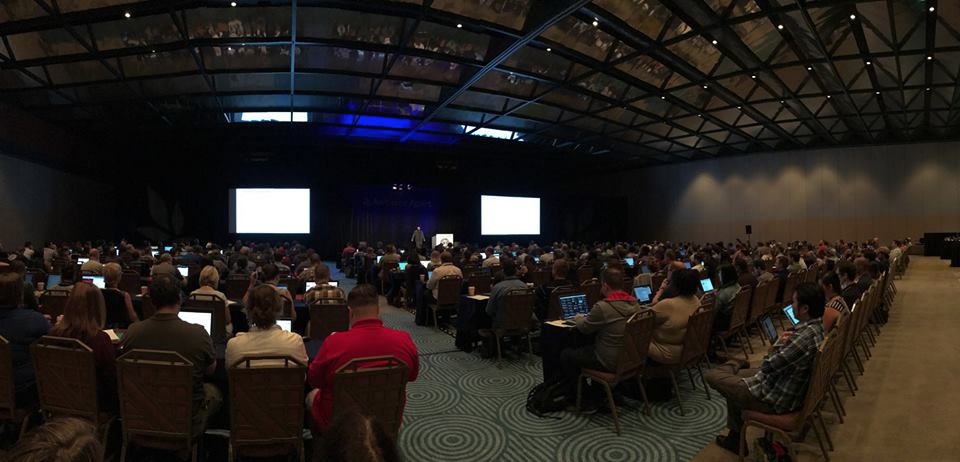Off and on for the past few months I’ve been playing around with my main website, NateDillon.com. The result is a new version of the website with an Apple TV-ish design that gave me an opportunity to try out a few things, like inline SVGs, CSS calc(), and transform.

